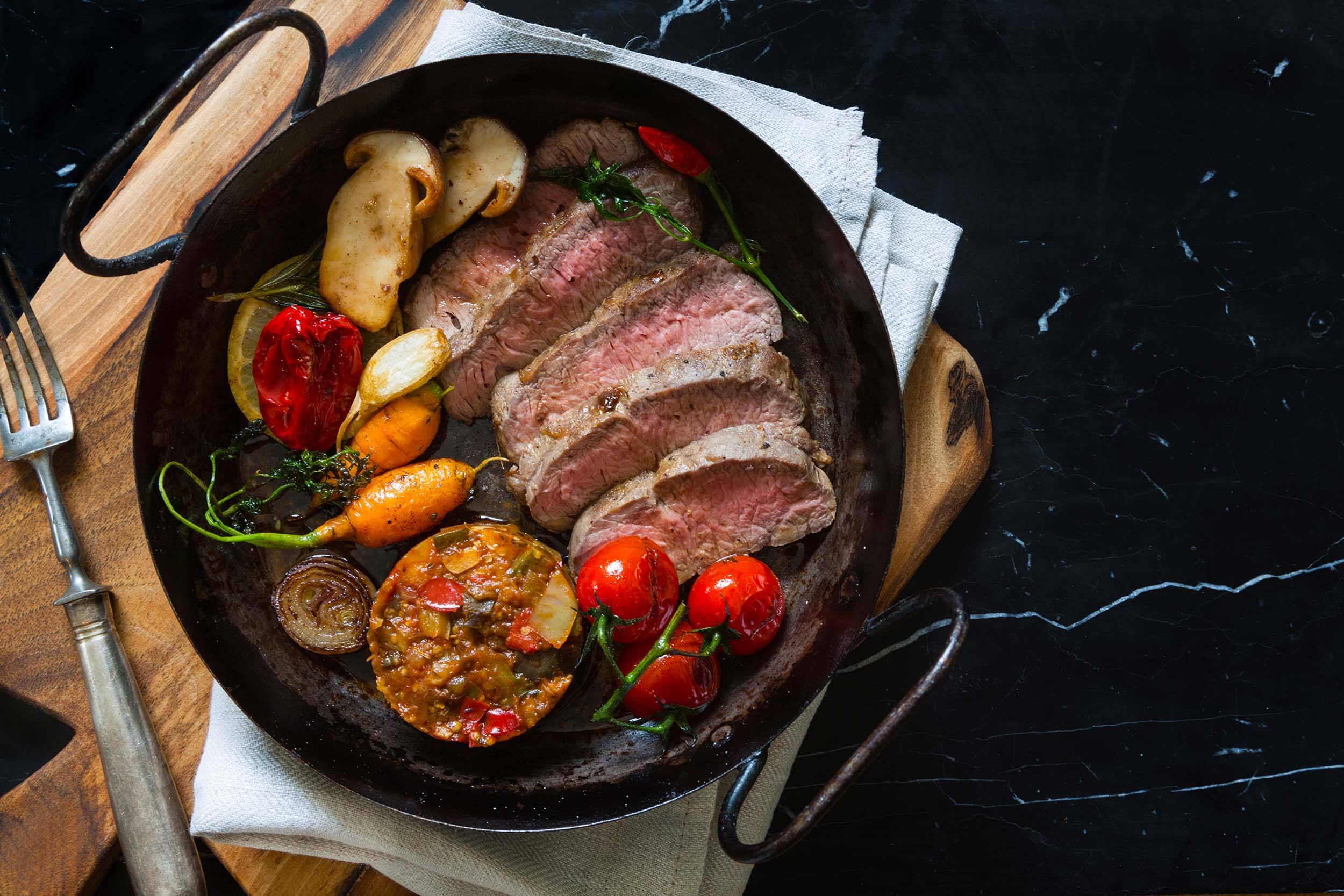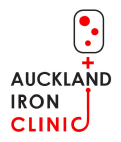Feeling tired? Could it be iron deficiency?

WHO estimates over 30 per cent of the world’s population are anaemic, many due to iron deficiency, with infectious diseases intensifying the condition in developing countries.
Iron deficiency is recognised by the World Health Organisation as the most common and widespread nutritional disorder in the world, affecting people in both developing and developed countries. But would you even know if you were one of them?
WHO estimates over 30 per cent of the world’s population are anaemic, many due to iron deficiency, with infectious diseases intensifying the condition in developing countries.
But because symptoms can be mistaken for just tiredness, iron deficiency can go unrecognised and undiagnosed until a later stage.
That’s why Kiwi women feeling tired and irritable are being urged to take heed: it may be more than just the daily grind getting you down.
That’s the message of this year’s World Iron Awareness Week, a national campaign launched by Beef + Lamb New Zealand last year which has now gone global. Countries getting behind it include the United States, Norway and South Africa.
A New Zealand website – ironweek.co.nz – has also been created to help people recognise the signs of low iron which can present as tiredness, irritability and lack of focus.
Women aged 15-50 are at risk, says Beef + Lamb New Zealand nutrition manager Fiona Greig. One in 14 New Zealand women are low in iron, with over a third of teenage girls aged 15-18 not achieving their daily iron requirements.
“You might be in the later stages of iron deficiency before thinking ‘I should get checked out’,” says Greig.
Why you should care
Iron deficiency anaemia is the later stage of iron deficiency. It affects haemoglobin levels, a protein in red blood cells that helps carry oxygen from the lungs to the rest of the body.
According to the National Institutes of Health (NIH), a shortage can cause shortness of breath, dizziness, headache, coldness in your hands and feet, pale skin, chest pain, weakness, and fatigue.
If you don’t have enough haemoglobin-carrying red blood cells, your heart has to work harder to move oxygen through your body, which can lead to irregular heartbeats and other heart problems, says the NIH.
Iron deficiency can also affect memory and your immune system, not to mention quality of life and productivity at work. All good reasons to avoid it – and in many cases you can do so with simple dietary additions.
How to get enough iron
Iron-rich food sources include red meat – generally the redder the meat, the higher the iron content.
Not all iron is equal – haem iron from meat is well absorbed by the body, whereas non-haem iron from plant foods is not absorbed as well, hence the importance of including a variety of iron foods in the diet.
Include vitamin-C rich foods (such as fruit and veggies) with a meal to boost iron absorption.
Avoid drinking tea with meals as this decreases iron absorption. Keep tea to between meals.
Advice for pregnancy
Pregnant and breastfeeding women should eat two servings a day of lean red meat, poultry, seafood, eggs, nuts, seeds and legumes.
A serving is 100 grams of cooked meat or a three-quarter cup of pulses. Monitoring of iron levels during pregnancy is important. This can only be determined through a blood test through your midwife or doctor.
Iron supplementation should only be used with advice and supervision of a midwife.
